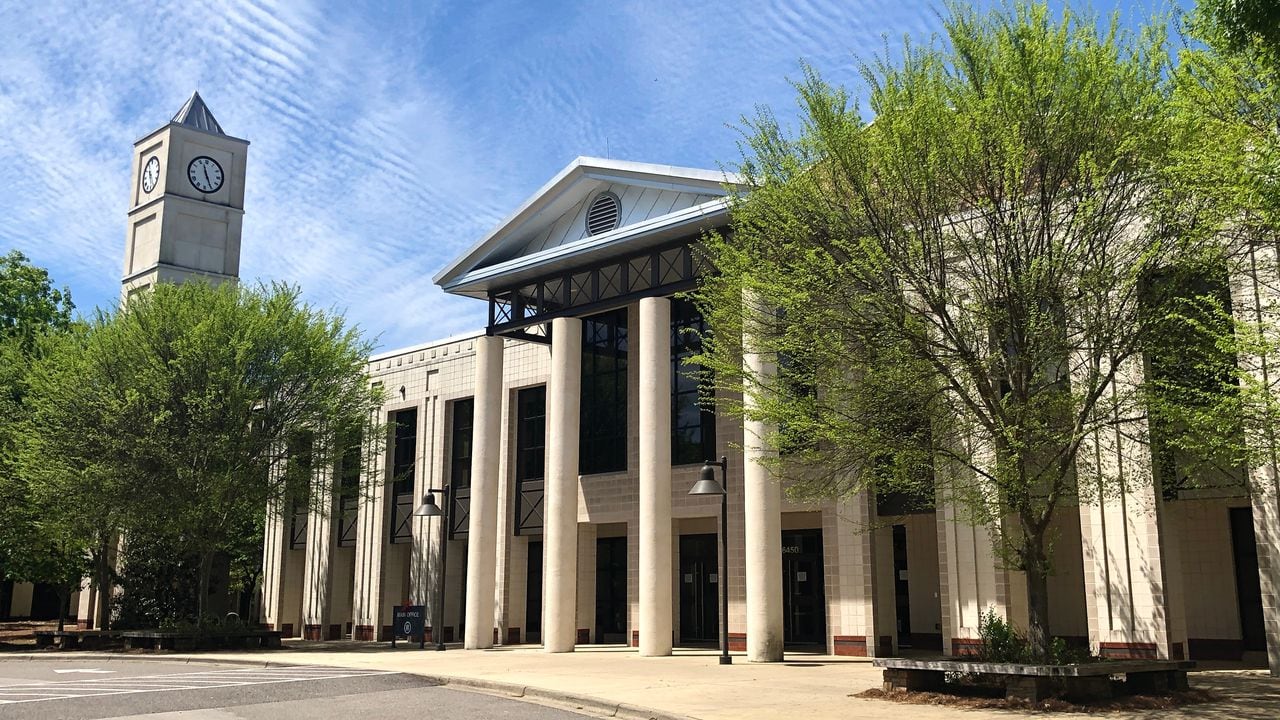Alabama lawmakers will hand out $2.2 billion in extra education funding
Alabama’s education budget is in great shape, Deputy Fiscal Director Kirk Fulford told school board members Friday, but local districts need to plan now for big changes ahead.
While Fulford said it was too early to put a specific number on the state’s education trust fund for the next fiscal year, he can put a number on excess education revenues that lawmakers will need to allocate in February: $2.2 billion.
“We had extraordinary things going on in fiscal year 2021 and 2020,” he said. Things like billions of dollars in federal COVID relief funds, which resulted in higher income taxes and higher sales taxes Those two revenue sources make up more than 90% of education revenues.
The good times continued into the 2023 fiscal year, which ended Sept. 30, with education revenues topping $10.4 billion, $2.2 billion more than the $8.2 billion lawmakers budgeted for FY23. This makes the third year in a row that revenues far exceeded what was budgeted.
Income tax revenue grew 13% in 2021 and 22% in 2022, according to charts Fulford shared. That growth dropped to 0.2% for 2023. Sales tax revenue grew 15% in 2021, 8% in 2022 and 4% in 2023.
The extraordinary year over year increases in income and sales tax over the past couple of years may have created a new normal in some people’s minds where spending is concerned, but Fulford cautioned that those good times will come to an end. It’s just a matter of when.
“We just need to take what happened in ‘21 and ‘22 and set that over here,” he said, “because that’s not normal. That’s not real. That’s not anything that needs to be considered or base a budget on.”
“The problem is we have to figure out what the new normal is,” Fulford said.
Fulford said he expects the economy to slow down and the state’s 1% sales tax reduction on groceries will have an impact on revenues, too.
Also worrisome is what happens when federal COVID relief money no longer is available – by the fall of 2024.
“I’m deeply concerned about how that impacts requests and programs,” he said. “The last information I saw is that about 35% of that money has been spent on people and benefits.”
“It’s hard to get rid of people and benefits. It’s hard to get rid of programs that people say are successful.” Fulford said when the Great Recession hit, federal aid came in, and when it dried up, people came to state lawmakers to ask for funding to continue those programs. He’s concerned that is about to happen again.
“We have a finite amount of money that the Rolling Reserve will allow us to spend,” he said, “and a finite amount of money that will be dedicated toward K-12.”
Fulford said caps on how much lawmakers can spend through the regular budget process have helped build up reserve funds, which will soften the blow when the economy slows down.
Much of the excess revenue has been squirreled away in those reserve funds, but lawmakers have had a lot of discretion in how to spend more than $4 billion in excess revenues in 2021 and 2022.
This year’s expected $2.2 billion surplus has more restrictions than excesses in the past two years when lawmakers had full discretion over how to spend the surplus.
Lawmakers will get to spend about $600 million of the surplus how they see fit, but most of it will be put into reserve accounts:
- $112 million into the Budget Stabilization Fund,
- $1 billion into the Advancement and Technology Fund, and
- $412 million into the Educational Opportunities Reserve Fund.
In the regular FY24 budget, teachers received a 2% raise, some specialty positions received stipends and lawmakers approved an upcoming principal bonus program.
Last year’s $2.8 billion surplus received a lot of debate. Gov. Kay Ivey initially requested to use a chunk of it for a water park, an airport and a port project.
Satsuma City school board member Matt Dial said the excess revenues handed out during the last legislative session was not distributed equitably, with higher education getting the bulk of the excess.
“Do you have any insight on why K-12 got screwed on that versus the two year schools and four year schools?” he asked Fulford during the presentation. Fulford said he wasn’t sure how lawmakers arrived at the final allocations.
Dial shared calculations of per student amounts to demonstrate his point.
Four-year colleges and universities received about $2,600 per student, and two-year colleges received $4,600 per student, Dial said, while K-12 students received $830 per student.
“I absolutely get your point,” Fulford said.
Dial told AL.com he would like to see lawmakers allocate the $600 million excess more equitably during the upcoming session.
“It’s important that Education Trust Fund money benefits education,” he said. “And if we’re not getting it at our most basic level [K-12], we’re missing the boat.”
Fulford did not share projections for 2024 tax collections, saying he wants to watch what happens with the economy over the next few months. Each year at the start of the legislative session, Fulford’s office produces a revenue estimate for lawmakers to consider when budgeting for the following year.
Lawmakers capped year over year education budget increases when they made changes to the Rolling Reserve Act, which governs the budgets. The education budget for FY25 cannot exceed $9.4 billion, which is 106.25% of the $8.8 billion FY24 budget.
The next legislative session starts Feb. 6, when lawmakers will decide on budgets for the 2025 fiscal year.
.
